
Aurex PC-G5AD Stereo Cassette Deck




The Aurex PC-G5AD is a stereo cassette deck with Adres noise reduction, it was introduced by Aurex in 1981 and discontinued a year later.
The main features of the Aurex PC-G5AD are:, analog 3 digit tape counter, tape type selection with support for normal, chrome and metal tapes.
Typical front loading cassette deck with the cassette compartiment located on the left side of the deck. Tape eject is operated mechanically and the cassette needs to be placed with the side to be played facing forward in the cassette well.
Level meters used on the PC-G5AD are generic digital peak reading meters. Full-logic transport controls used on the PC-G5AD let it respond to the slightest finger contact for fast and effortless transport function selection.
The Toshiba Adres noise reduction system used in the PC-G5AD expands the tape playback dynamic-range greatly right across the frequency range reaching an incredible 100dB at 1kHz. Signal-to-noise ratio is improved dramatically: by 30dB at 10kHz eliminating all tape hiss, and 17dB at 100Hz.
For undisturbed listening a jack connector for a pair of stereo headphones is supplied.

Historic events
Features of Aurex PC-G5AD
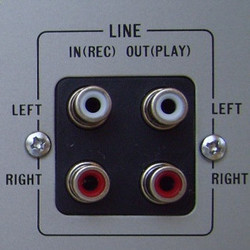
 Headphones
Headphones
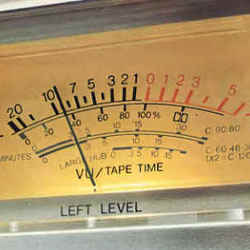
 3-Digıt Mechanical Counter
3-Digıt Mechanical Counter
 Digital Peak-Reading Meters
Digital Peak-Reading Meters
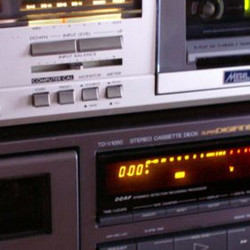
 Orientation Left
Orientation Left
 Front Loading
Front Loading
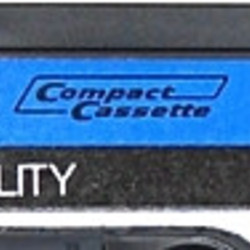
 Stereo
Stereo
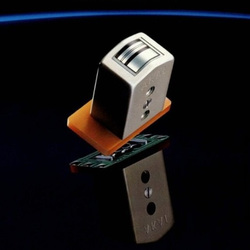
 4 Track / 2 Channel
4 Track / 2 Channel
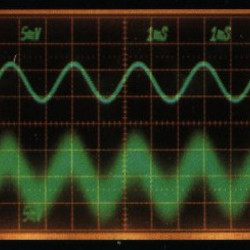
 Adres
Adres
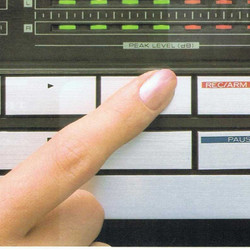
 Full Logic Transport Control
Full Logic Transport Control
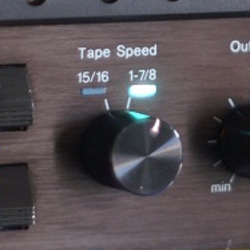
 1⅞ ips - 4.76 cm/s
1⅞ ips - 4.76 cm/s
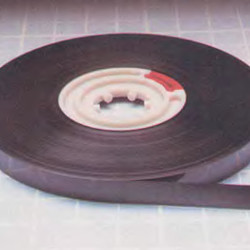
 Normal Tape Capabılity
Normal Tape Capabılity
 Chrome Tape Capabılity
Chrome Tape Capabılity
 Metal Tape Capabılity
Metal Tape Capabılity
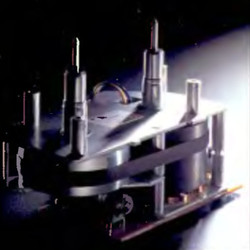
 Mechanical Tape Loading
Mechanical Tape Loading
Shop Aurex PC-G5AD items currently for sale
The products for sale contains items that link to partners of CassetteDeck.org and may result in us receiving commission from purchases made.
Similar to Aurex PC-G5AD from the period 1981 - 1982
Copying product information from this page and use it in your auction or on your website is allowed only if you submit a picture of the Aurex PC-G5AD to us. This picture has to be made by yourself, showing the deck with its entire front and containing no watermarks or logos. In case we discover that you copied Aurex PC-G5AD content without sharing images in return then you give us the right to use the content on the page where you used our Aurex PC-G5AD information.

















